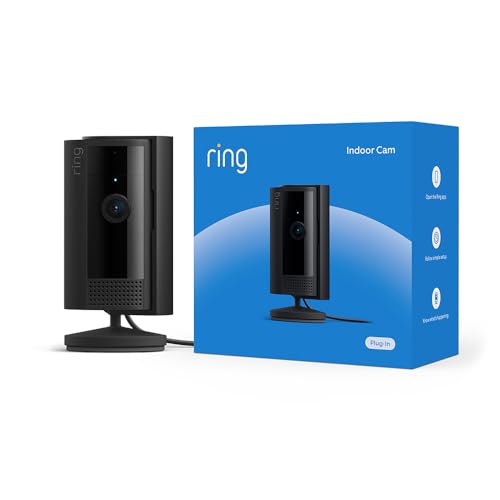




Are you fascinated by the beauty of the night sky and eager to capture its splendor in photographs? With the advancement of technology, taking pictures of stars with a mirrorless camera has become more accessible than ever before. Whether you’re a seasoned astrophotographer or a beginner looking to dip your toes into the world of night sky photography, this guide will help you navigate the complexities of capturing stunning images of stars.
Unlike traditional DSLR cameras, mirrorless cameras offer compact size, lightweight design, and advanced features that make them ideal for astrophotography. From choosing the right camera settings to selecting the best lenses for star photography, this article will provide you with valuable tips and techniques to enhance your night sky photography skills. So, grab your mirrorless camera, set up your tripod, and get ready to explore the wonders of the cosmos through your lens!
Choosing the right mirrorless camera
When it comes to capturing stunning images of stars, choosing the right mirrorless camera is crucial. Here are some key factors to consider:
| Low light performance | Look for a camera with good low light performance to capture clear images of stars in the night sky. |
| Sensor size | Consider a camera with a larger sensor size for better image quality and improved performance in low light conditions. |
| ISO range | Choose a camera with a wide ISO range to adjust the sensitivity to light and capture bright stars even in dark environments. |
| Noise reduction | Opt for a camera with effective noise reduction features to minimize graininess in your star photos. |
| Lens compatibility | Ensure that the camera is compatible with a variety of lenses, including wide-angle lenses for capturing the vast night sky. |
By considering these factors, you can select the right mirrorless camera that will help you capture breathtaking images of stars and the night sky.
Understanding the exposure settings
When capturing the night sky with a mirrorless camera, understanding the exposure settings is crucial to achieving stunning star photos. Here are the key settings to consider:
1. Shutter speed: Set your shutter speed to a longer exposure time, typically between 10-30 seconds, to capture the faint light of stars.
2. Aperture: Use a wide aperture (small f-stop number) to allow more light into the camera sensor and capture brighter stars.
3. ISO: Increase the ISO to a higher value (e.g., 1600-3200) to make the stars appear brighter in your photos, but be cautious of introducing noise.
4. Manual focus: Set your lens to manual focus and adjust it to infinity to ensure sharp star images.
By mastering these exposure settings, you can create breathtaking photos of the stars with your mirrorless camera.
Using a sturdy tripod
One of the most important factors when capturing photos of stars with a mirrorless camera is stability. A sturdy tripod is essential to keep your camera steady and prevent any blurring in your images.
When choosing a tripod, make sure it is strong enough to support the weight of your camera and any additional equipment you may be using, such as a telephoto lens. Look for a tripod with adjustable legs and a ball head to easily position your camera at the desired angle.
Location scouting for dark skies
When planning to take pictures of stars with a mirrorless camera, one of the most important factors to consider is finding a location with dark skies. Light pollution can greatly impact the quality of your images, so it’s essential to scout for a spot away from city lights.
Here are some tips for location scouting:
- Use light pollution maps or apps to identify areas with low light pollution levels.
- Consider the phase of the moon and its brightness, as it can affect the visibility of stars.
- Look for open areas with unobstructed views of the sky, such as fields or beaches.
- Check the weather forecast to ensure clear skies for the best stargazing conditions.
- Seek out locations with interesting foreground elements to add depth to your starry photos.
Post-processing techniques for star photos
After capturing stunning star photos with your mirrorless camera, the post-processing stage is crucial to enhance the final result. Here are some key techniques to consider:
- Stacking: Combine multiple photos of the same scene to reduce noise and enhance details.
- Adjust exposure: Fine-tune the exposure settings to bring out the stars and the night sky’s beauty.
- Color correction: Balance the colors to achieve a more natural or creative look.
- Sharpening: Enhance the sharpness of the stars and the overall image for a clearer result.
- Noise reduction: Use noise reduction tools to smoothen out any unwanted noise in the image.
- Cropping: Crop the image to improve composition and remove any distractions.
Experiment with these post-processing techniques to bring out the best in your star photos and create stunning night sky images.
Tips for capturing star trails
Star trails are a stunning effect that can be captured with a mirrorless camera. Here are some tips to help you achieve this mesmerizing effect:
1. Choose the right location
Find a location with minimal light pollution to ensure clear and vibrant star trails in your photos. Remote areas away from city lights are ideal for capturing the beauty of the night sky.
2. Use a sturdy tripod
To capture sharp and clear star trails, it’s important to use a sturdy tripod to keep your camera stable during long exposures. This will prevent any unwanted camera shake and ensure crisp images.
Pro tip: Consider using a remote shutter release or the camera’s self-timer function to minimize any camera shake when pressing the shutter button.
By following these tips, you can capture breathtaking star trails with your mirrorless camera and create stunning night sky images.






